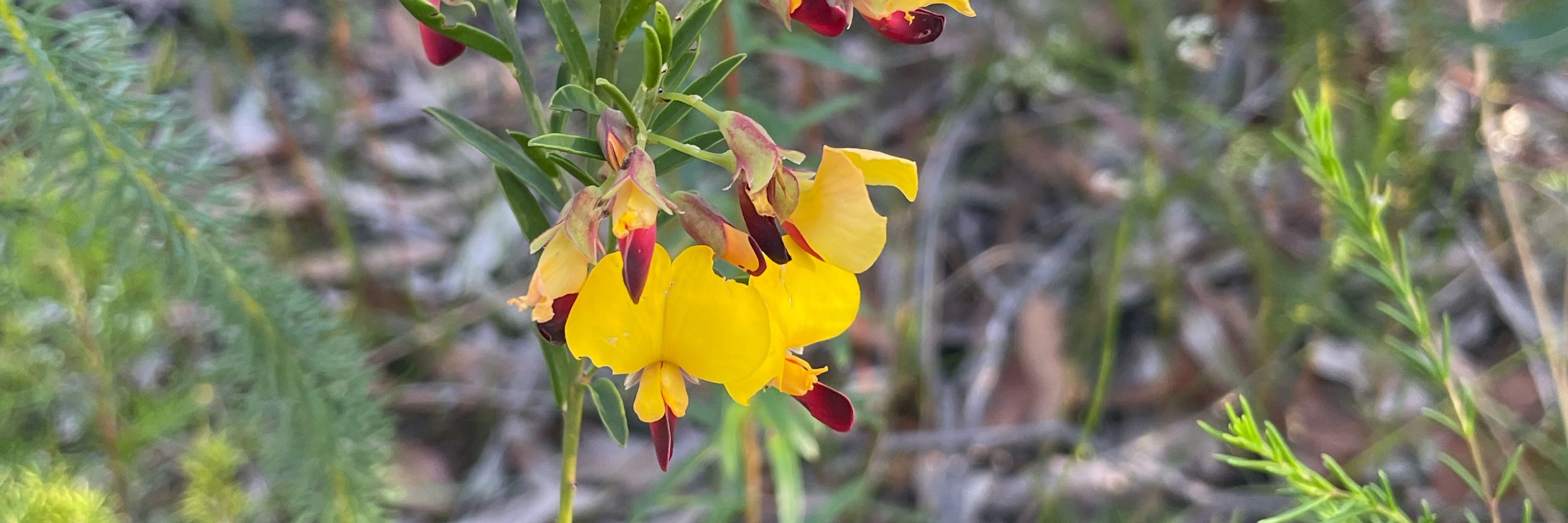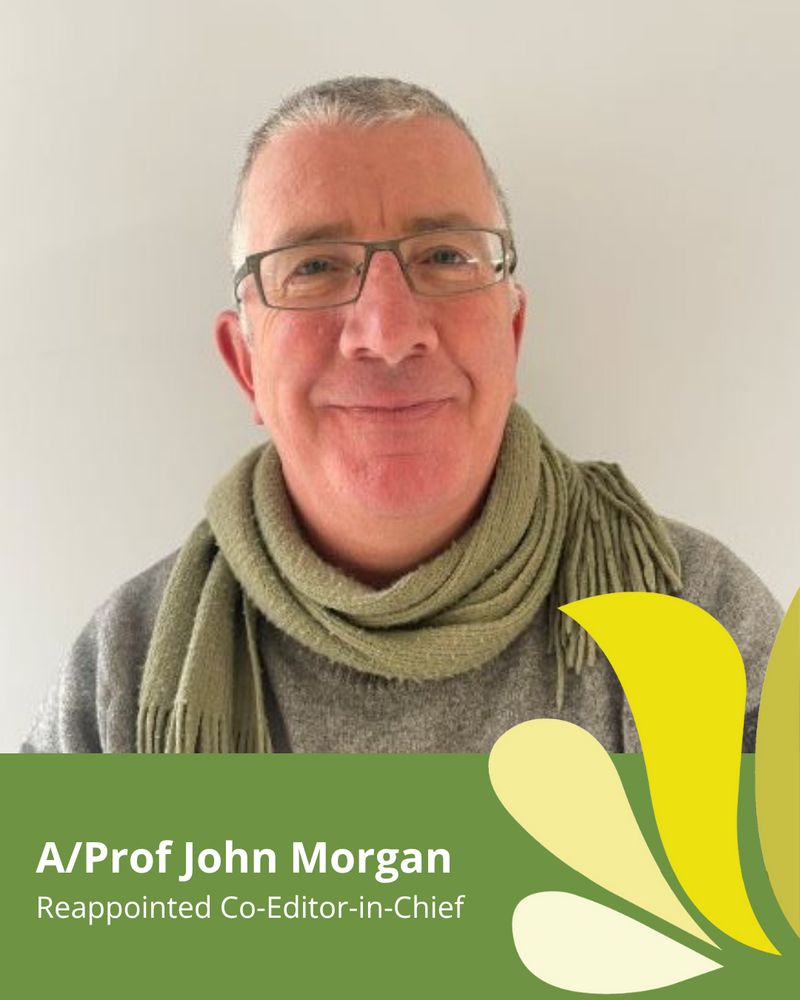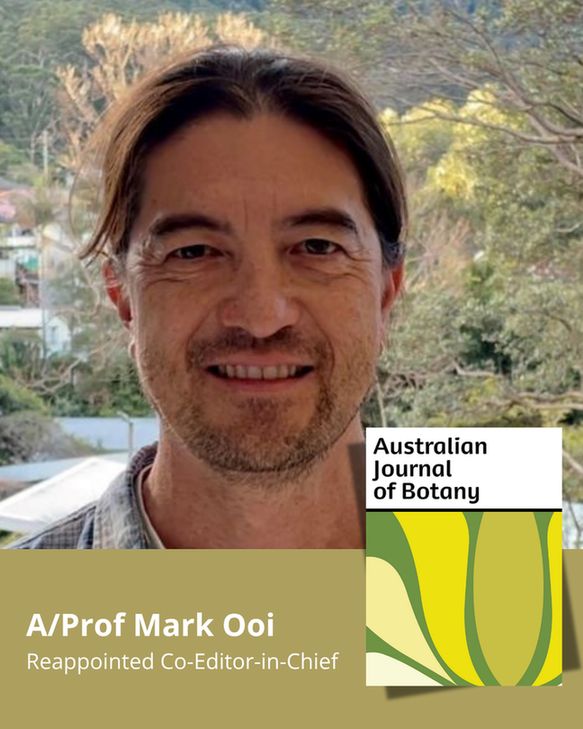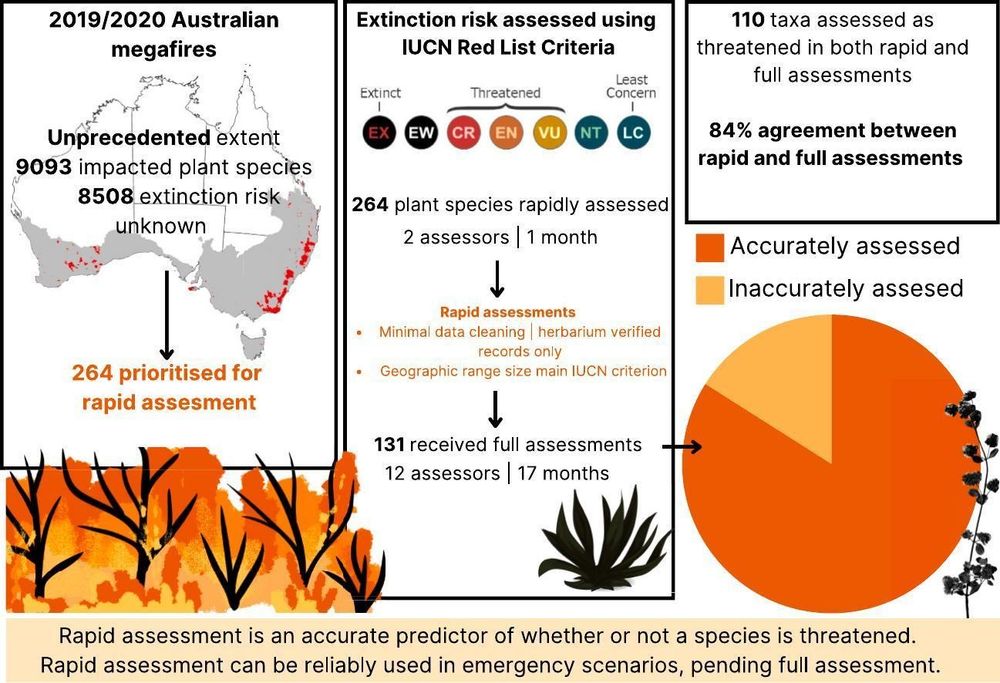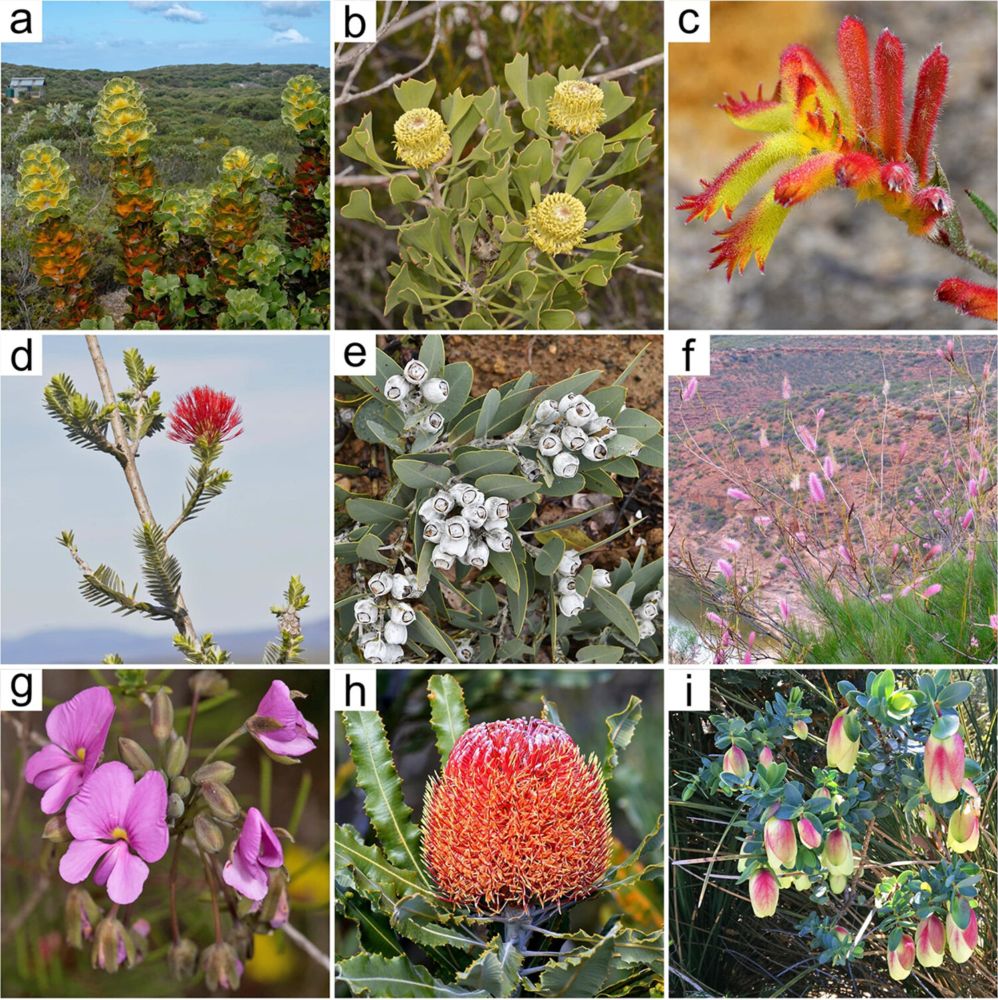Mark Ooi
@markooiecol.bsky.social
500 followers
440 following
8 posts
Scientia Associate Professor at the Centre for Ecosystem Science, UNSW Sydney | co Editor-in-Chief Australian Journal of Botany | Plants, fire and conservation biology | Leads the TRE Plant Ecology Research group | Dad, coffee drinker, sometime surfer
Posts
Media
Videos
Starter Packs
Reposted by Mark Ooi
Reposted by Mark Ooi
Reposted by Mark Ooi
Reposted by Mark Ooi
Reposted by Mark Ooi
Reposted by Mark Ooi
Reposted by Mark Ooi
Reposted by Mark Ooi
Reposted by Mark Ooi
Reposted by Mark Ooi
Reposted by Mark Ooi
Reposted by Mark Ooi
Mark Ooi
@markooiecol.bsky.social
· Mar 11
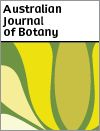
Implications of varroa mite establishment for Australian plants and their persistence
The European honeybee (Apis mellifera) is a highly abundant introduced pollinator with widely established feral populations across a large proportion of Australia. Both managed and feral populations c...
www.publish.csiro.au
Reposted by Mark Ooi
Tom Le Breton
@tomlebreton.bsky.social
· Mar 11

Honeybee visitation and native plant pollination Australia
Honeybee visitation and native plant pollination Australia What insect pollinators are visiting flowers in your area? Are the pollinators European honeybees or are they something else? As varroa mite ...
www.inaturalist.org
Reposted by Mark Ooi
Tom Le Breton
@tomlebreton.bsky.social
· Mar 11
